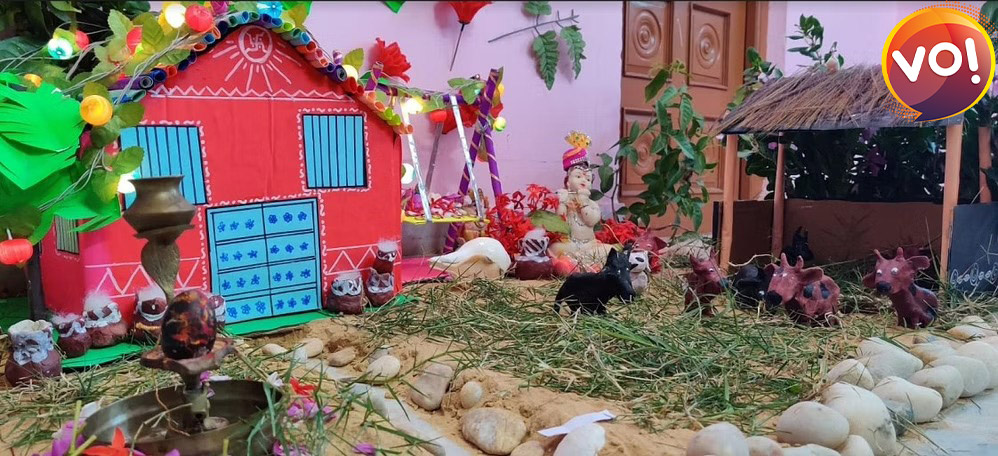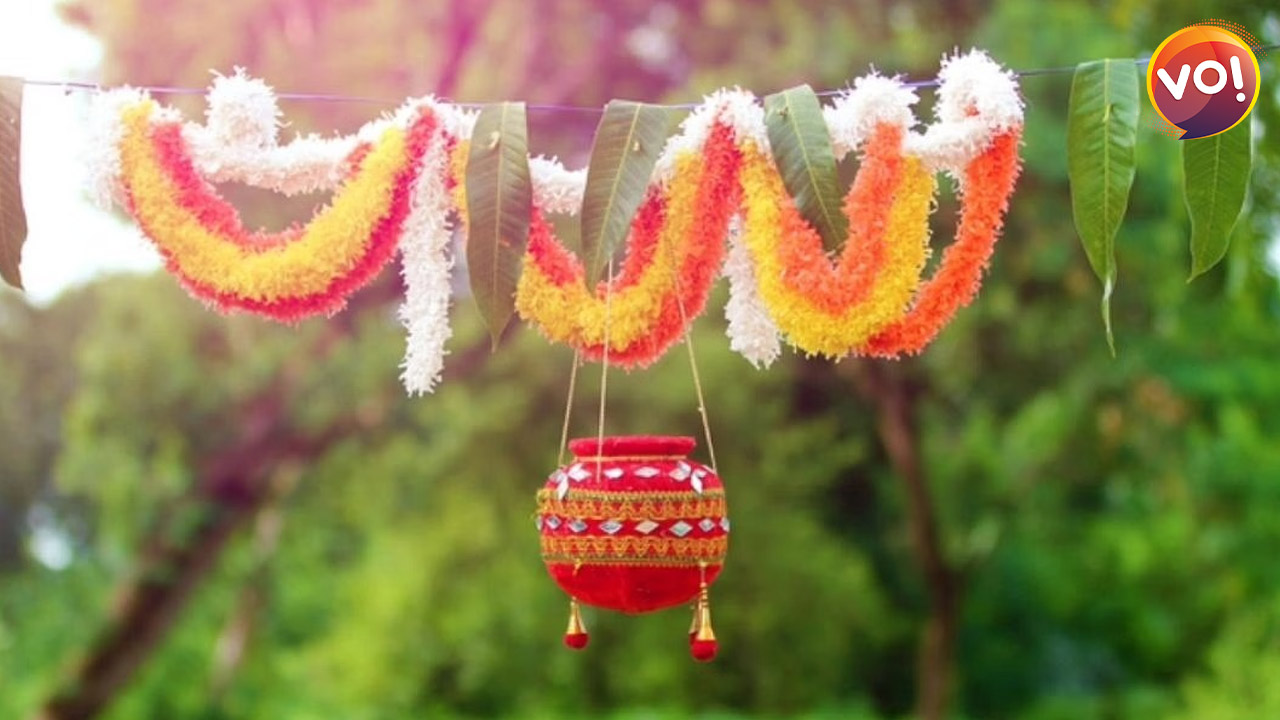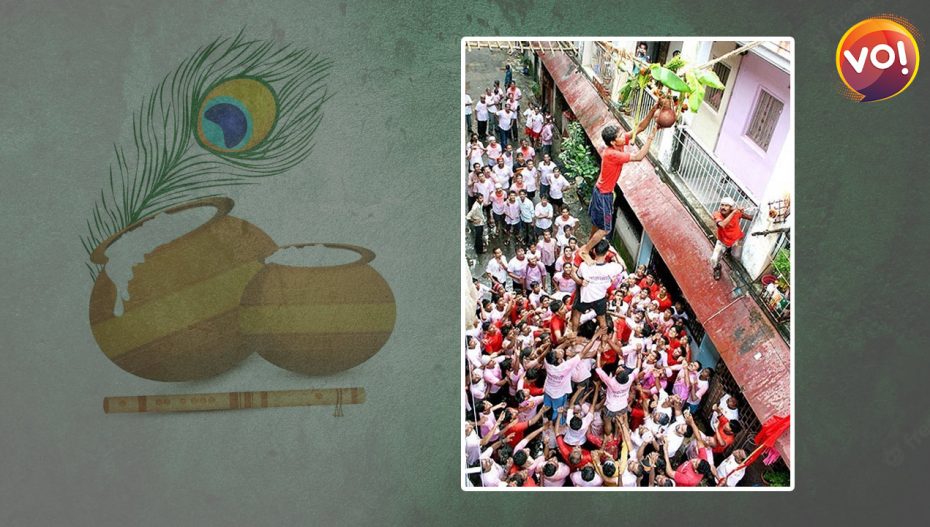Janmashtami or Gokulashtami is an annual Hindu festival that celebrates the birth of Krishna, the eighth avatar of Vishnu. According to the Hindu lunisolar calendar, it is observed on the eighth tithi (Ashtami) of the Krishna Paksha (dark fortnight) in Bhadrapada Masa. This overlaps with mid-August to early September of the Gregorian calendar.
It is an important festival, particularly in the Vaishnavism tradition of Hinduism. Dance-drama enactments of the life of Krishna according to the Bhagavata Purana (such as raas lila or Krishna lila), devotional singing through the midnight when Krishna was born, fasting, a night vigil, and celebrations on the following day are a part of the Janmashtami celebrations. It is celebrated particularly in Mathura and Vrindavan.
Krishna was born in an era of chaos. It was a time when persecution was rampant and freedom was denied. His maternal uncle, King Kansa, was warned by a prophecy that his end would be at the hands of a male child to be born soon. The king ordered every baby boy born in the kingdom to be killed. Following his birth, Krishna’s father Vasudeva took him across the Yamuna, to foster parents in Gokul, Nanda and Yashoda who were Vasudeva’s brother and sister-in-law. It was a turbulent crossing of the choppy river in stormy weather. Hence, the legend is celebrated with devotional songs and a raat jagran.
The fast is observed on the preceding day and broken only around midnight, after Krishna was born. Women draw tiny footprints outside their house doors and kitchen, walking towards their house, symbolic of Krishna’s journey into their homes.
Regional Celebrations Across India:
Some communities celebrate Krishna’s legends as a maakhan chor (butter thief). Temples organize recitation of Bhagavata Puranaand Bhagavad Gita. The tradition of raas lila is particularly popular in the Mathura region, in north eastern states of Manipur and Assam, and in parts of Rajasthan and Gujarat. It is acted out by numerous teams of amateur artists, cheered on by their local communities. The drama-dance plays begin a few days before each Janmashtami.

In Maharashtra, the day after Janmashtami (better known as Gokulashtami ) is celebrated as Dahi Handi or “earthen pot of curd.” The festival gets this popular name from the legend of little Krishna who was known to relish milk products such as yogurt and butter. He would often stealthily walk into the village homes and gorge on the butter. Hence, the folks took to hanging their pots high, such that a little boy could not reach it.
In Maharashtra and other western states in India, this Krishna legend is played out as a community tradition on Janmashtami, where pots of curd are hung high up, sometimes with tall poles or from ropes hanging from the second or third floors of a building. Teams of youth and boys called the Govindas go around to these hanging pots, climb one over another and form a human pyramid, then break the pot. It is a public spectacle, cheered and welcomed as a community event.

In contemporary times, celebrities and media attend the festivities, while corporates sponsor the event. Cash and gifts are offered for Govinda teams.
People in Dwarka in Gujarat – where Krishna is believed to have established his kingdom – celebrate the festival with a tradition similar to Dahi Handi, called Makhan Handi (pot with freshly churned butter). Others perform folk dances at temples, sing bhajans, visit the Krishna temples such as at the Dwarkadhish Temple or Nathdwara. In the Kutch district region, farmers decorate their bullock carts and take out Krishna processions, with group singing and dancing. The carnival-style and playful poetry and works of Dayaram, a scholar of the Pushtimarg of Vaishnavism, is particularly popular during Janmashtami in Gujarat and Rajasthan.













